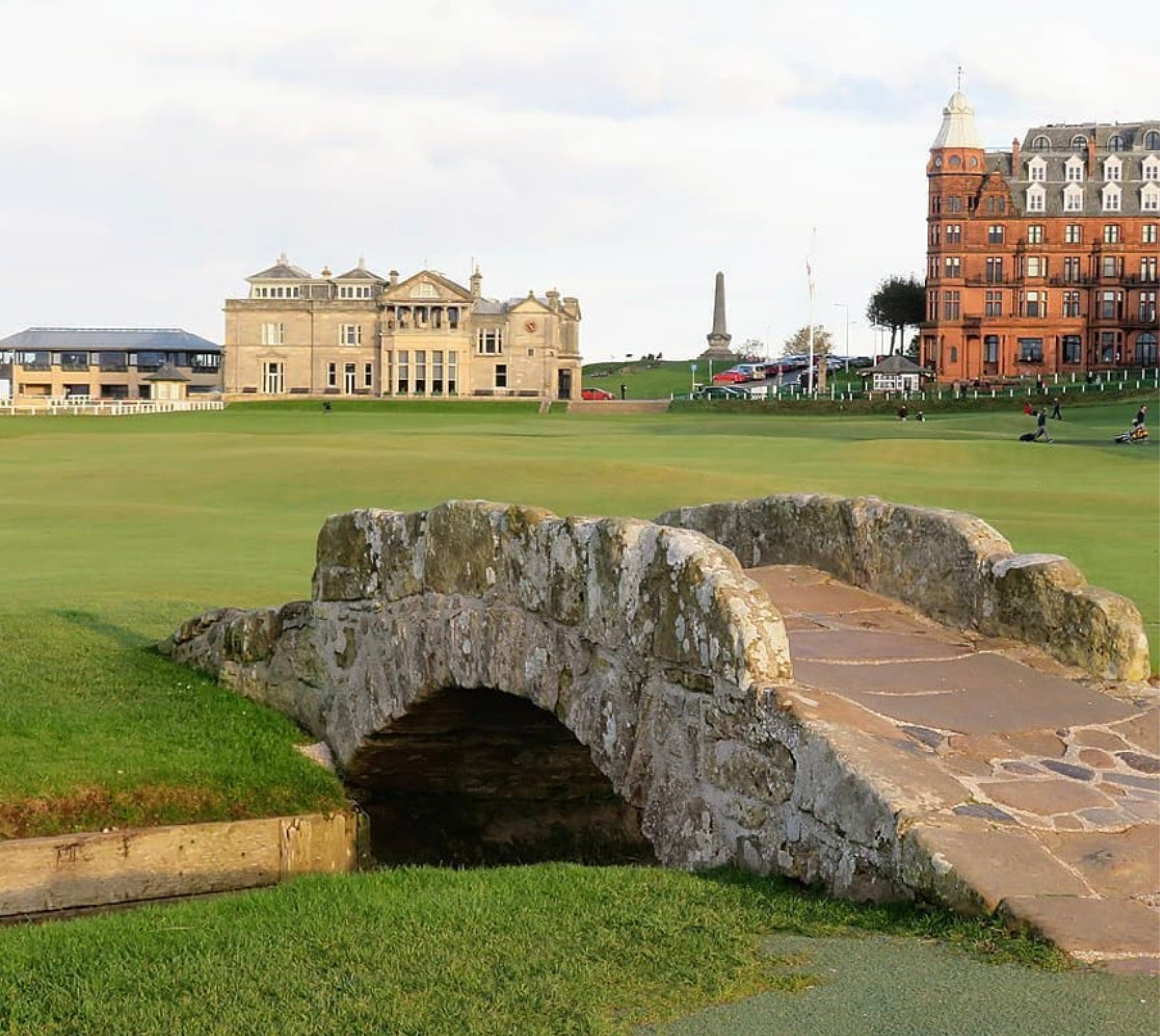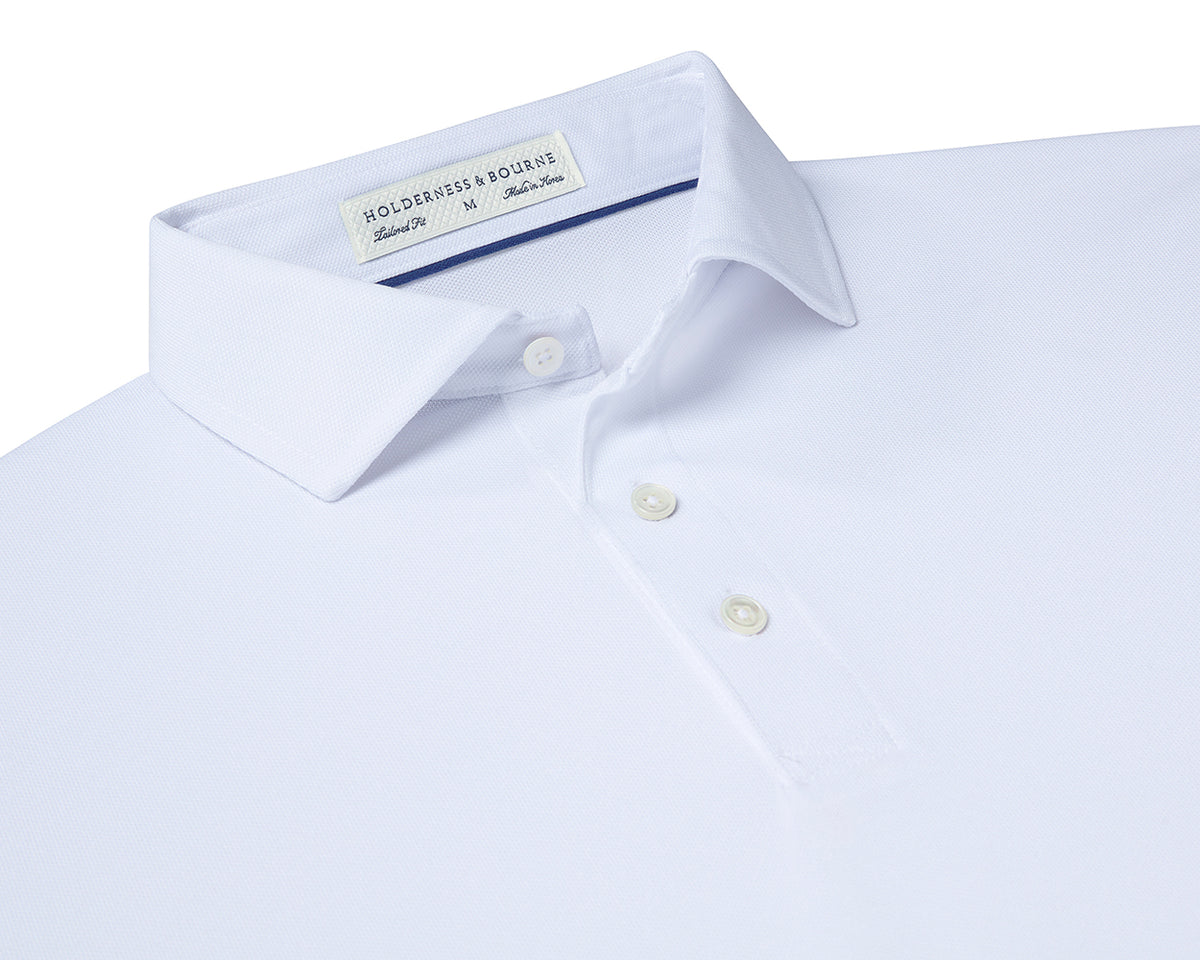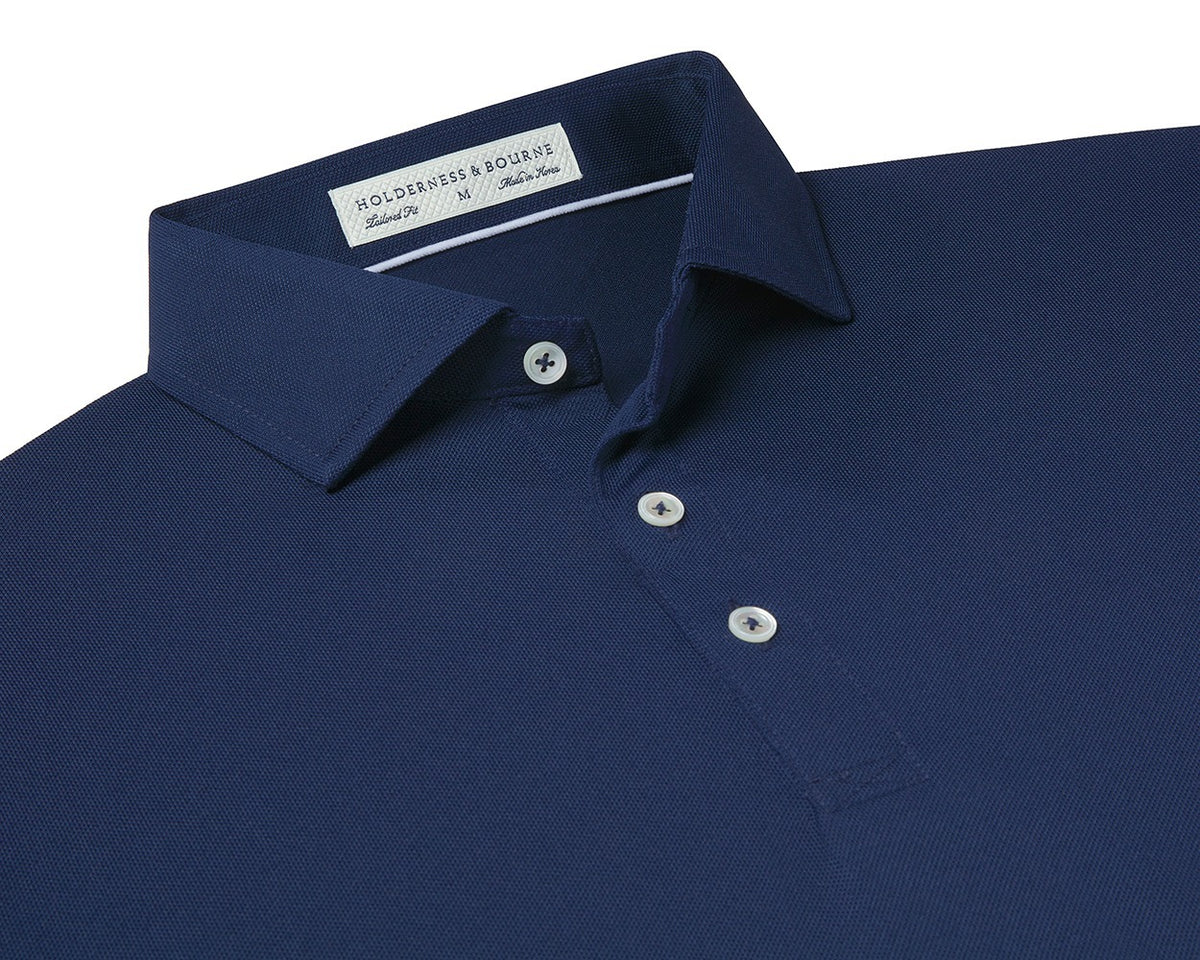
Most of the spectators had departed the grounds of Newport Country Club by the time the first United States Open was contested there on Friday, October 4th, 1895. The club, perched on a windswept promontory southwest of Rhode Island’s sailing capital, had hosted the inaugural playing of the U.S. Amateur the previous day. The Amateur took precedence, both as a tournament and a golfing ideal, in the days when golfing “professionals” were treated as second-class citizens and often restricted from entering the members’ area of a golf club.
But in the 122 years since Englishman Horace Rawlins bested ten other competitors over 36 holes to win the $150 first place prize (along with a $50 gold medal and a trophy), the U.S. Open has grown into one of the premier events in world golf.
From the Amateur comes the Open
As with most great ideas, the seed of the U.S. Open was planted during an argument about something else entirely. After Newport Country Club and Saint Andrew’s Golf Club of Yonkers, NY both declared the winners of their events to be the national amateur champion in 1894, the heads of several established golf clubs met in New York to oversee the creation of an American ruling body for the game of golf.
As many students of golf history know, the clubs that formed this ruling body along with Newport and St. Andrew’s were The Country Club, Chicago Golf Club, and Shinnecock Hills. What most might not know is that the original name of this society was not the United States Golf Association, but the Amateur Golf Association of the United States.
This group elected Theodore Havermeyer, a third-generation German immigrant and co-founder of Newport Country Club, as its inaugural president, and set the first United States Amateur Championship for the following autumn at Havermeyer’s home club. As an afterthought, they set up an “Open” tournament the following day, which deigned to allow professionals to play and earn a cash prize. Little did they know how large this sideshow would get.
Willie Anderson, Forgotten Legend
With their head start in the game, British golfers took home the first 16 playings of the event, before American John McDermott won the first of his back-to-back titles in 1911. During this era of golfing colonialism, one Scotsman reigned supreme: a lad from East Lothian named Willie Anderson.
Anderson was born in one of golf’s most significant hamlets: the village of North Berwick, home of the famed West Links. Hard by the Firth of Forth about 20 miles east of Edinburgh, the town had little to its name in the late 1800s besides the legacy of its 16th-century witch trials, which inspired the well-known Burns poem “Tam O’Shanter.” But as holidaymakers and retirees from Edinburgh began to sing the praises of the town’s rumpled, quirky, half-blind golf course, North Berwick’s focus turned towards the shore.
The course had opened in 1832, and by the time Anderson was born in 1879, it boasted a full complement of 18 holes. Anderson wasted no time acquainting himself with the layout, and was recognized as a licensed caddie by the tender age of 11 (foreshadowing the legend of a future young caddie who made U.S. Open history). By 16, Anderson was on a boat with his father and brother, bound for the United States and golfing glory.
The Scotsman made landfall at Ellis Island and soon began practicing the kind of golfing witchcraft that would have seen him burned at the stake in his hometown. After finishing second in the 1897 Open at 17 years old (losing to a Joe Lloyd final-hole eagle), Anderson went on quite an epic run. Here are the results from his 14 consecutive U.S. Opens from 1897-1910:
2 - 3 - 5 - T11 - 1 - T5 - 1 - 1 - 1 - 5 - 15 - 4 - T4 - 11
Anderson remains the only player to win three consecutive U.S. Opens, and his four titles rank him tied for first with Jones, Hogan, and Nicklaus. Perhaps more importantly, Anderson’s casual style of dress and demand for social respect broke new ground for men who chose to call themselves golfers.
After playing the 1901 Open at Myopia Hunt Club to a tie with Alex Smith, Anderson was furious with the tournament organizers for the lack of respect paid to participants. The first U.S. Open playoff in history was delayed a day until Monday (because Sunday was members’ day), and the participants were not allowed access to the dining room.
“No, we’re no’ goin’ tae eat in the kitchen,” Anderson was heard to growl, and the powers that be relented enough to erect a special tent for players to dine in. Though Walter Hagen is given deserved credit for raising the stature of professional golfers, Anderson deserves a measure of praise for displaying his staunch, Scottish ways.
Sadly, Anderson passed away at the age of 31, robbing the golf world of decades worth of stories and probable course designs.
Ouimet, Jones, and the American Wave
The year 1913 is ingrained in almost every American golf fan’s mind. In late September, a 20-year-old amateur named Francis Ouimet stunned the golf world and prevailed in an 18-hole U.S. Open playoff over two well-known British professionals, Harry Vardon and Ted Ray.
Ouimet’s story is well-known: the local boy who grew up across the street from the course, caddied there from the time he could walk, taught himself the game with his brother’s clubs and discarded balls, and eventually went on to win five Massachusetts Amateur titles along with his one major, where he dethroned two of the world’s best golfers right in his own backyard. The event made national headlines across America: Ouimet was the first amateur to win the tournament that had previously been the dominion of English professionals, and his victory brought golf fully into the country’s consciousness.
Although Ouimet’s triumph is well-known, the story of the rest of his life is less heralded, but no less interesting. First, a minor controversy broke out right on the heels of his win. Ouimet backed up his big win with a U.S. Amateur win in 1914, but was then stripped of his amateur status in 1916, despite his stated intent to remain a lifelong amateur and work in the business world. The USGA’s reasoning? His golf celebrity was aiding the success of his sporting goods store, and thus he was technically making a living from golf. Ouimet’s peers were outraged, and two years later, Ouimet entered the U.S. Army during the First World War. After rising through the ranks to lieutenant, he returned home to find his amateur status reinstated.
Ouimet won his second (and final) U.S. Amateur in 1931, and finished his Walker Cup career with an 11-1 record, having played in eight and captained four. His life and achievements in the world of golf were so distinguished, in fact, that he became the first non-Briton to be elected Captain of the Royal and Ancient Golf Club of St. Andrews.
Francis Ouimet’s victory marked the start of a sustained era of American dominance in the U.S. Open. Walter Hagen followed Ouimet with a victory in 1914, and from then on, players from America won 66 of the following 73 playings of the event.
Prominent among the early victors was Bobby Jones, widely considered golf’s all-time greatest amateur. Before he went about creating both Augusta National and The Masters, he picked up four U.S. Open titles in an eight-year span from 1923-1930. Jones’s involvement, combined with golf’s growing popularity, led to the introduction of spectator ticket sales in 1922, and sectional qualifying in 1924.
Change is the Only Constant
With Jones leading the vanguard, Americans defended their national open for nearly the entire 20th century. During these years, the U.S. Open came to represent a certain style of golf (tight fairways, penal rough, demanding greens) even as it made significant changes in both the event itself and the spectator experience.
From 1898 to 1925, the U.S. Open was played over two days of 36-hole play. 1926 marked the first year it was switched to two 18-hole days, followed by a 36-hole finale. In 1954, the tournament was broadcast on television for the first time. That same year, tee-to-green spectator ropes were introduced, ensuring there would be no grainy visuals of hordes of hatted golf fans rushing up the fairway behind a late Sunday contender.
The event’s final form of four 18-hole days took shape in 1965, when a young South African named Gary Player lifted the trophy for the first time. Twelve years later, television coverage was expanded to cover all 18 holes of the final two rounds, and 1982 marked the first year that TV viewers could watch all four rounds of this storied national championship.
Sweet-swinging South African Ernie Els ushered in the modern era of the U.S. Open champion in 1994 at Oakmont. His prodigious length and soft-landing irons proved victorious then, as well as three years later at Congressional. His countryman Retief Goosen picked up two titles shortly thereafter, and then a string of international winners came to the fore, among them Angel Cabrera at Oakmont in 2007, Graeme McDowell at Pebble Beach in 2010, Justin Rose at Merion in 2013, and Martin Kaymer at Pinehurst No. 2 in 2014.
With all that said, we can’t forget about Tiger Woods and his three titles. Woods was not the most accurate driver of the golf ball, and often used the width of a given course to his advantage, positioning his balls in the right spots to attack flags. Tiger’s utter demolition of Pebble Beach and the field in 2000 was an exercise in mammoth drives and precise ballstriking, but his 2008 victory through the tight angles of Torrey Pines, playing on one torn ACL, stands out as probably his greatest major triumph.
From the eras of Rawlins and Ouimet to those of Woods and the next great champions, the U.S. Open continues to evolve but never disappoints.











